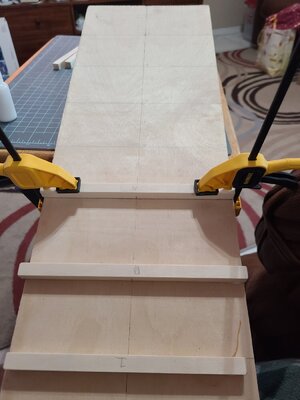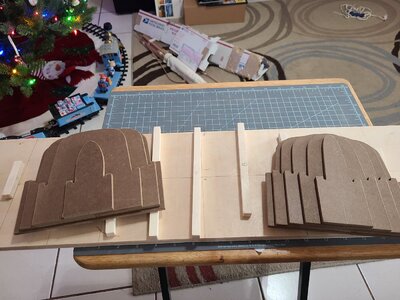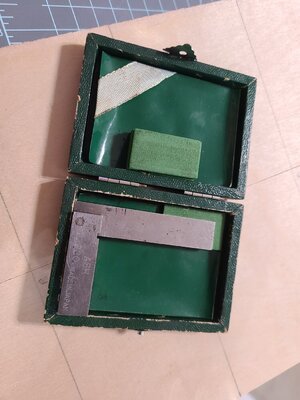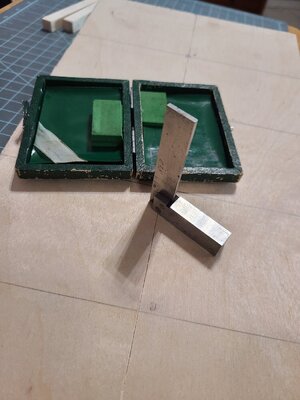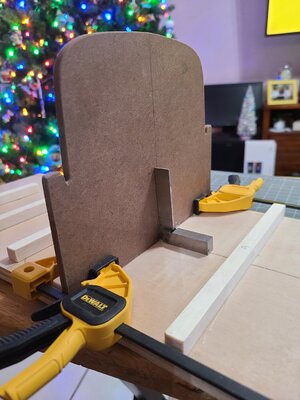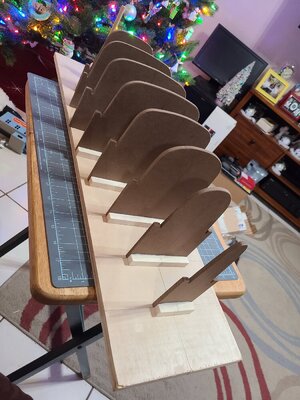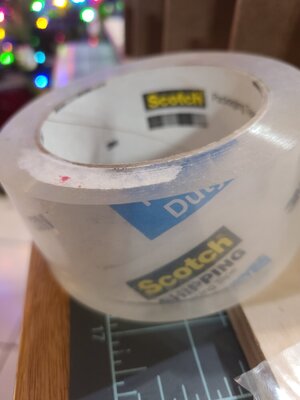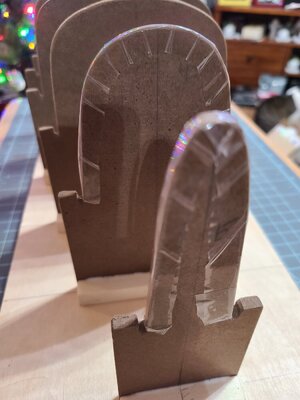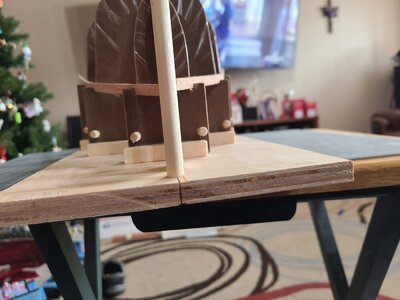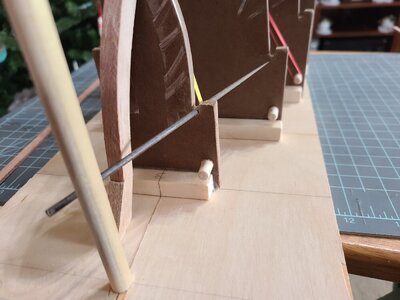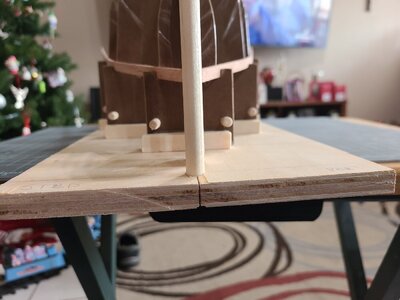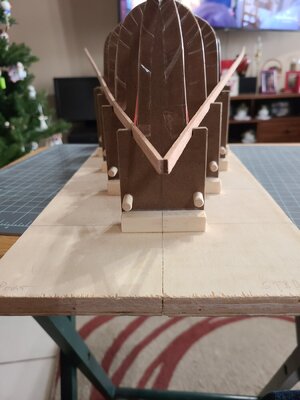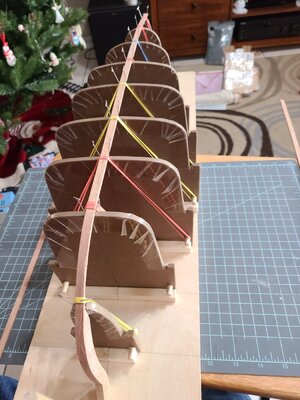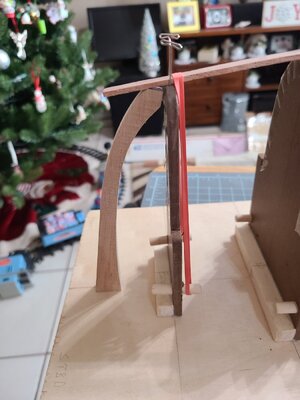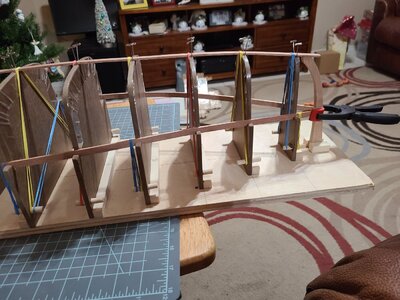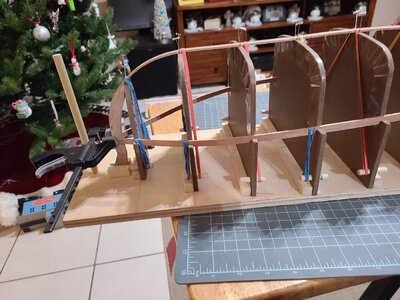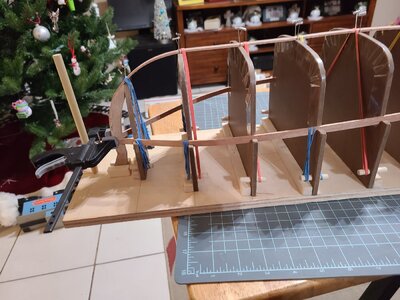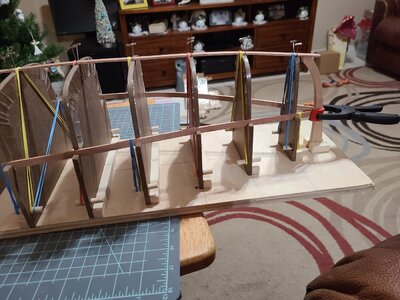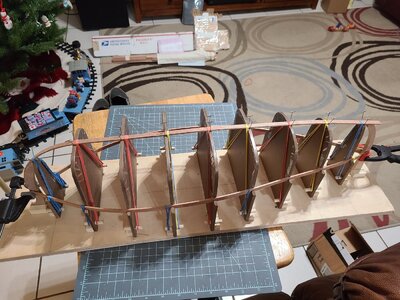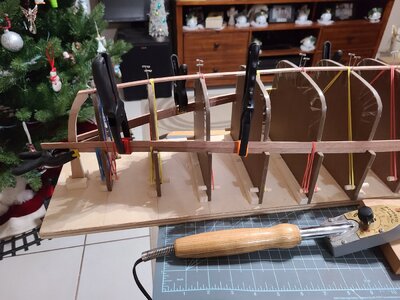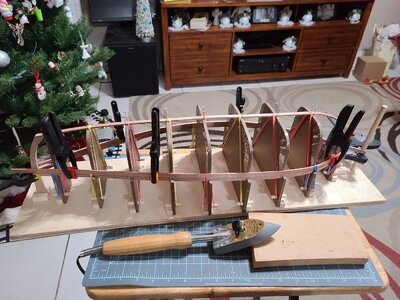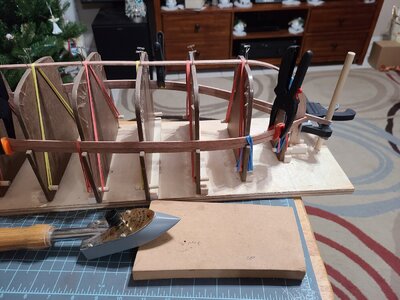The Admiral gave me this for Christmas  .
.
It's a kit frome Scott Miller, a guitar maker as well as a model ship maker. Here is the link: Galilee Boat
USPS was rough with the package.
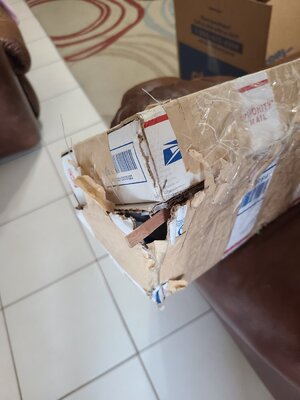
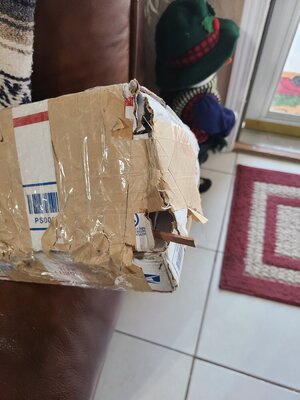
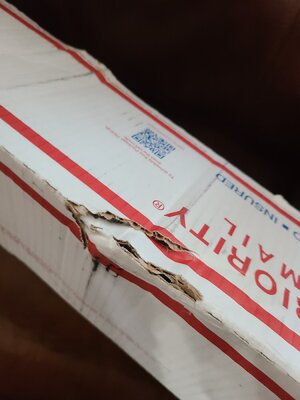
Fortunately because Scott did such an excellent job packing the kit no damage was sustained.
@Bluebeard did a great build of this boat, I am using his as a guide for mine.
Glenn
It's a kit frome Scott Miller, a guitar maker as well as a model ship maker. Here is the link: Galilee Boat
USPS was rough with the package.



Fortunately because Scott did such an excellent job packing the kit no damage was sustained.
@Bluebeard did a great build of this boat, I am using his as a guide for mine.
Glenn
Last edited:


